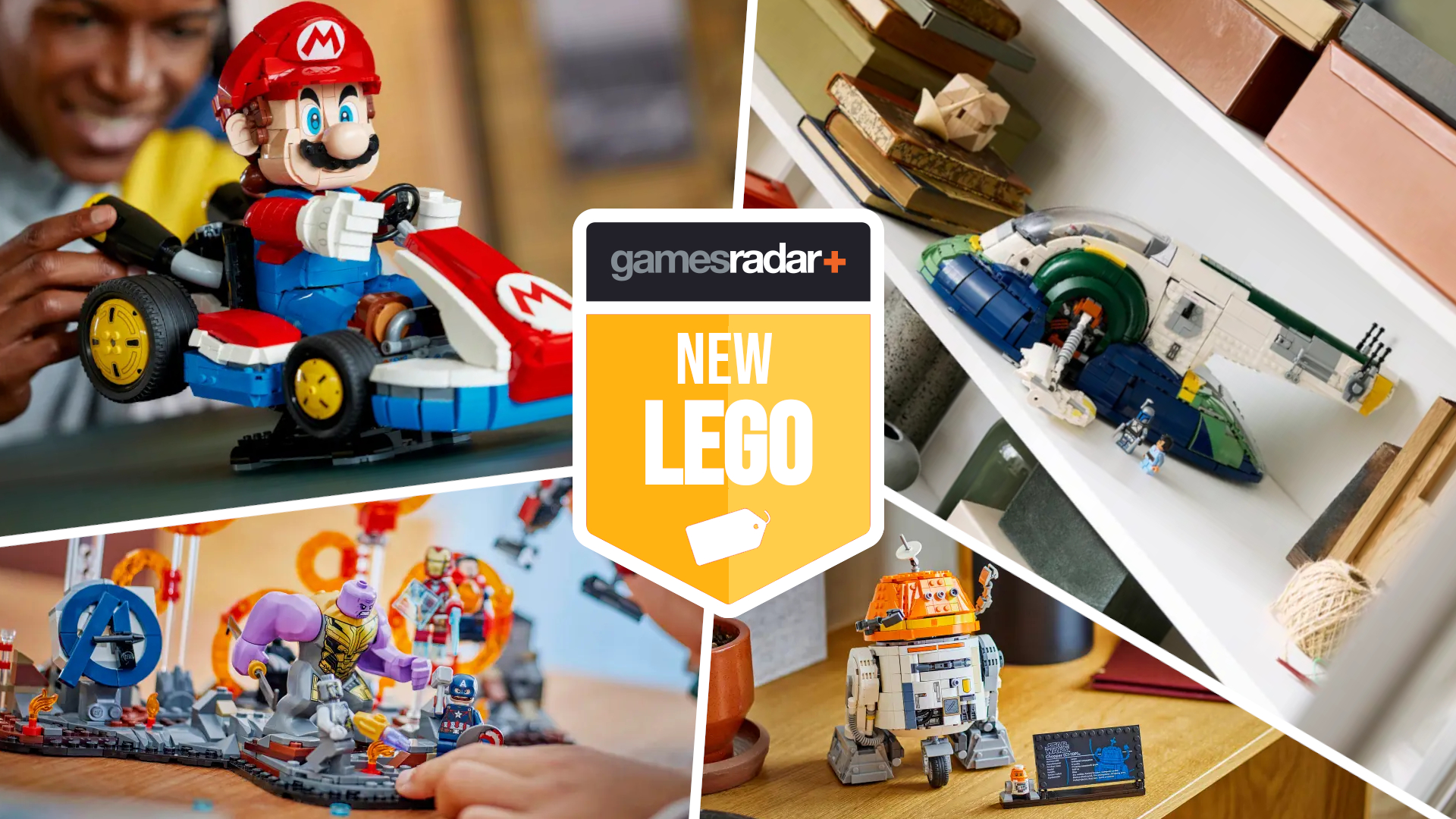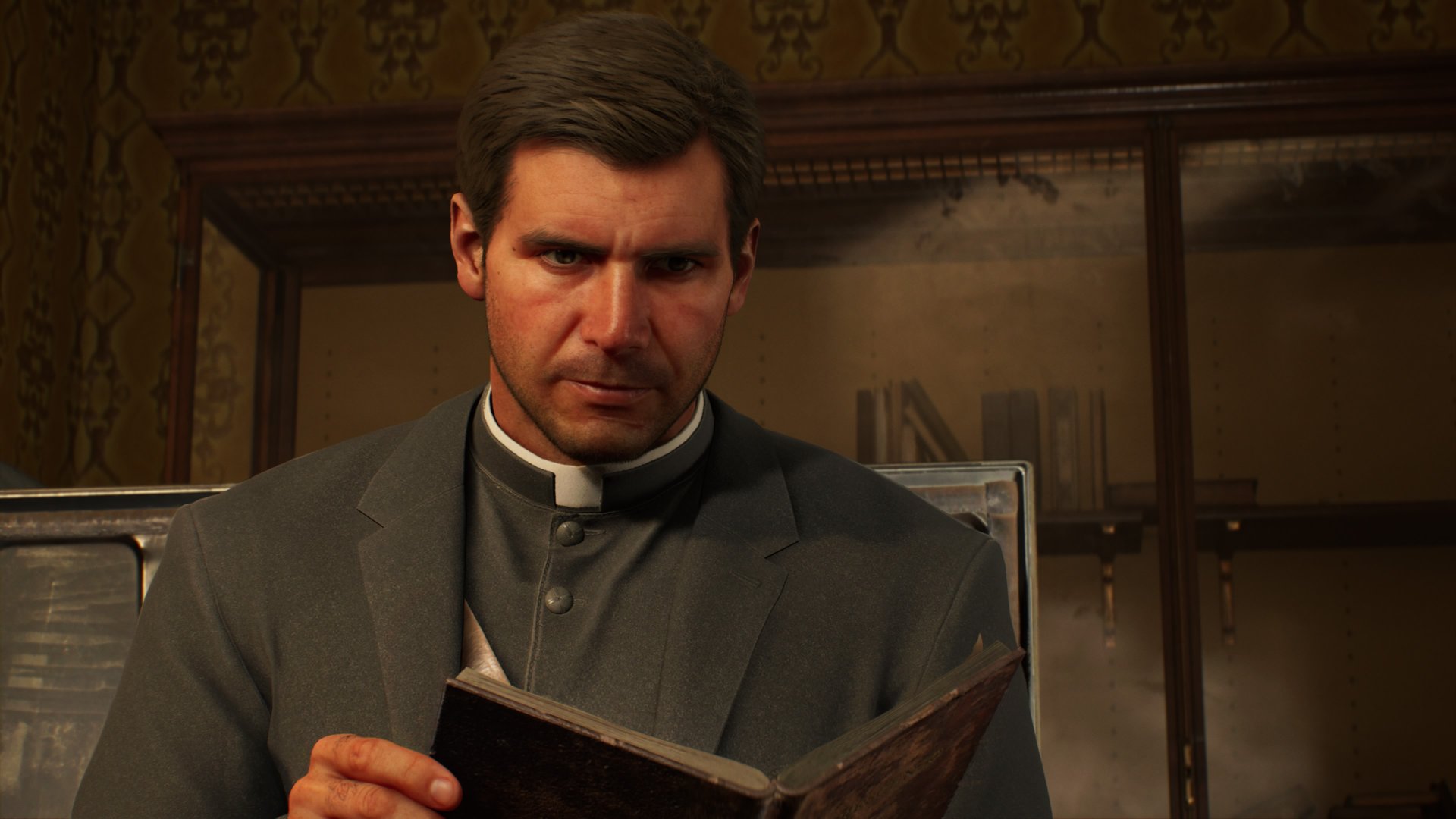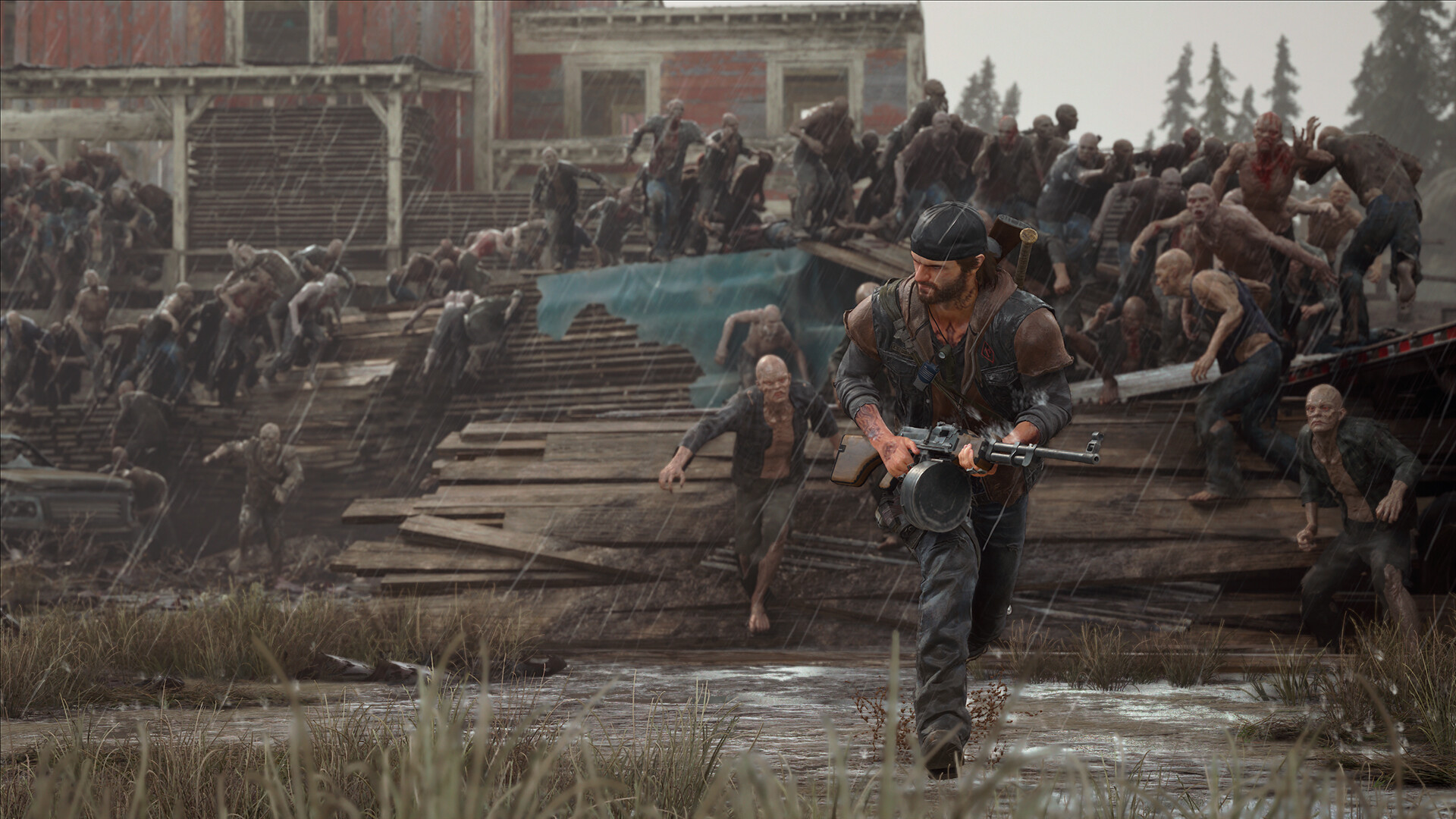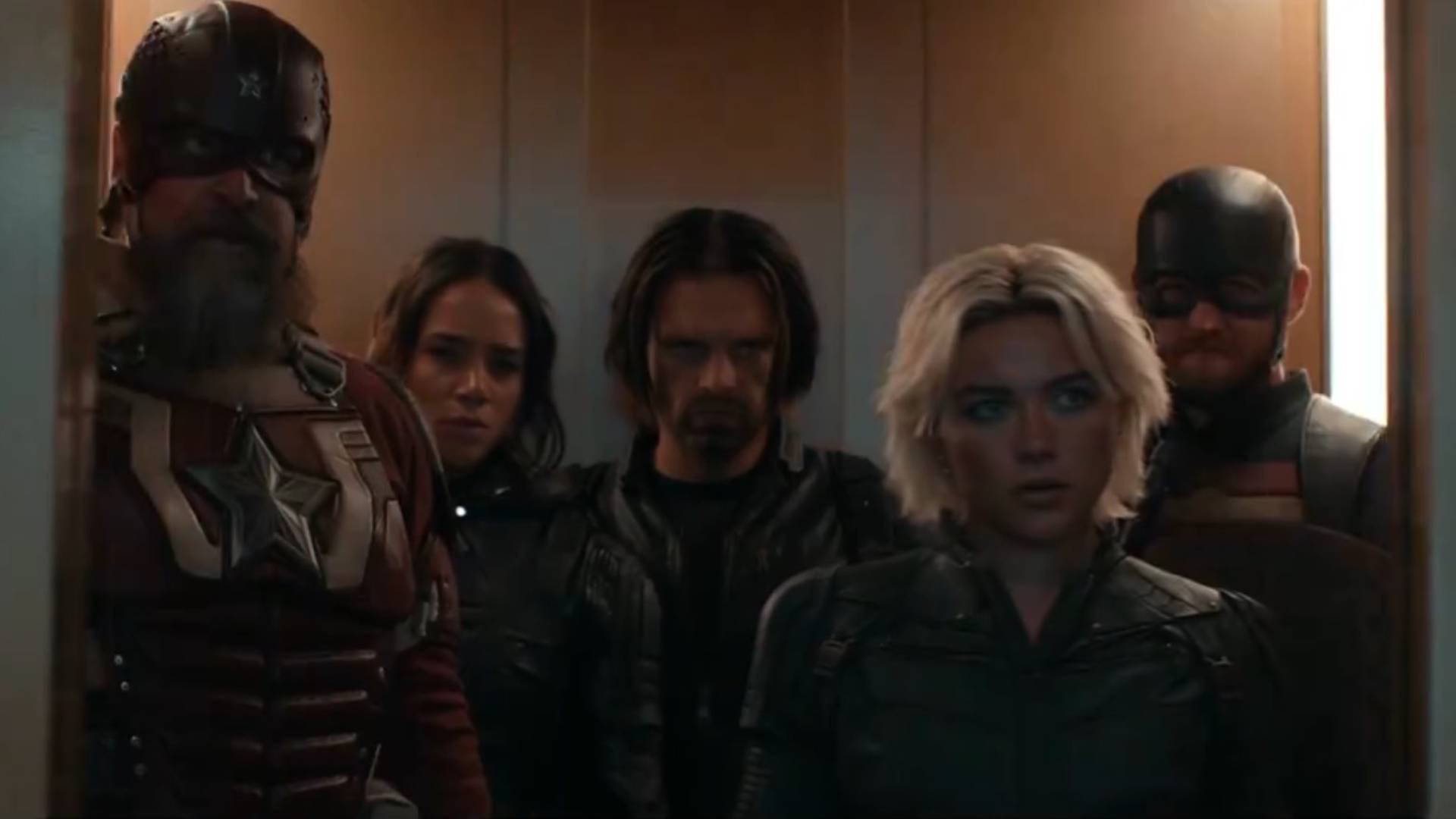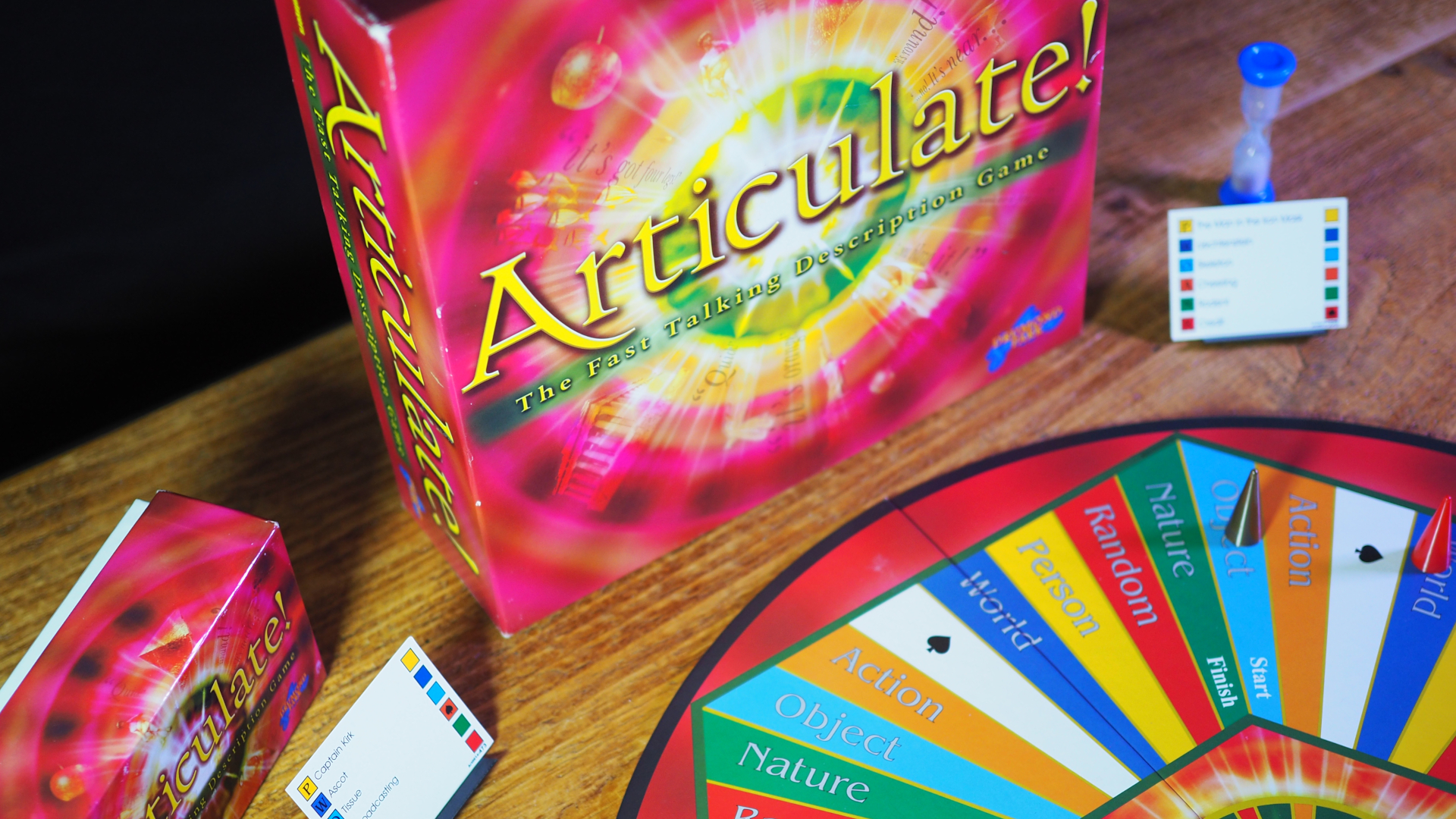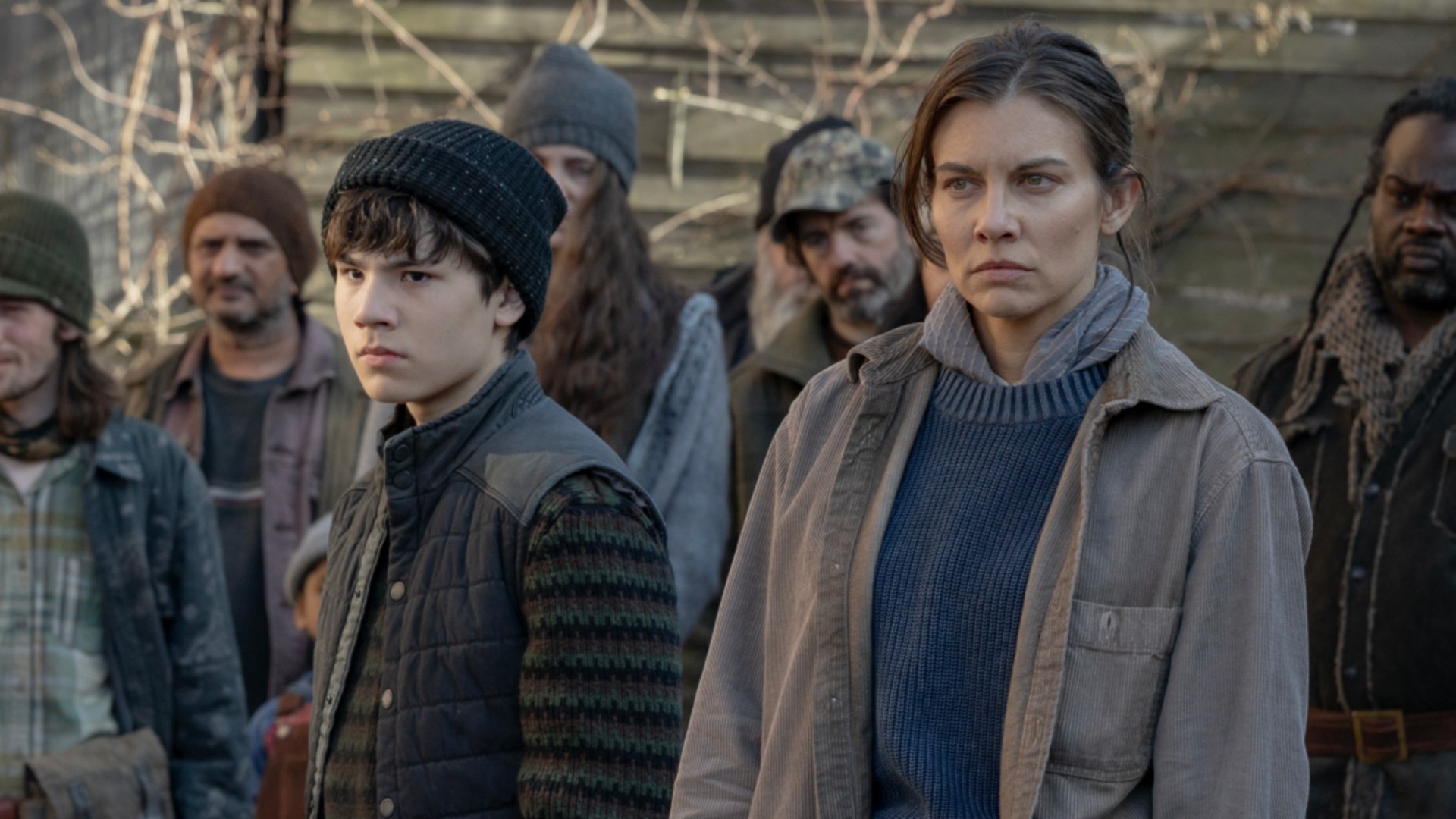When you purchase through links on our site, we may earn an affiliate commission.Heres how it works.
As a result, you’re a regular visitor to the console’s built-in social web link, Videoverse.
She wanted the story to handle heavy topics including bullying and the character’s journey towards discovering her asexuality.
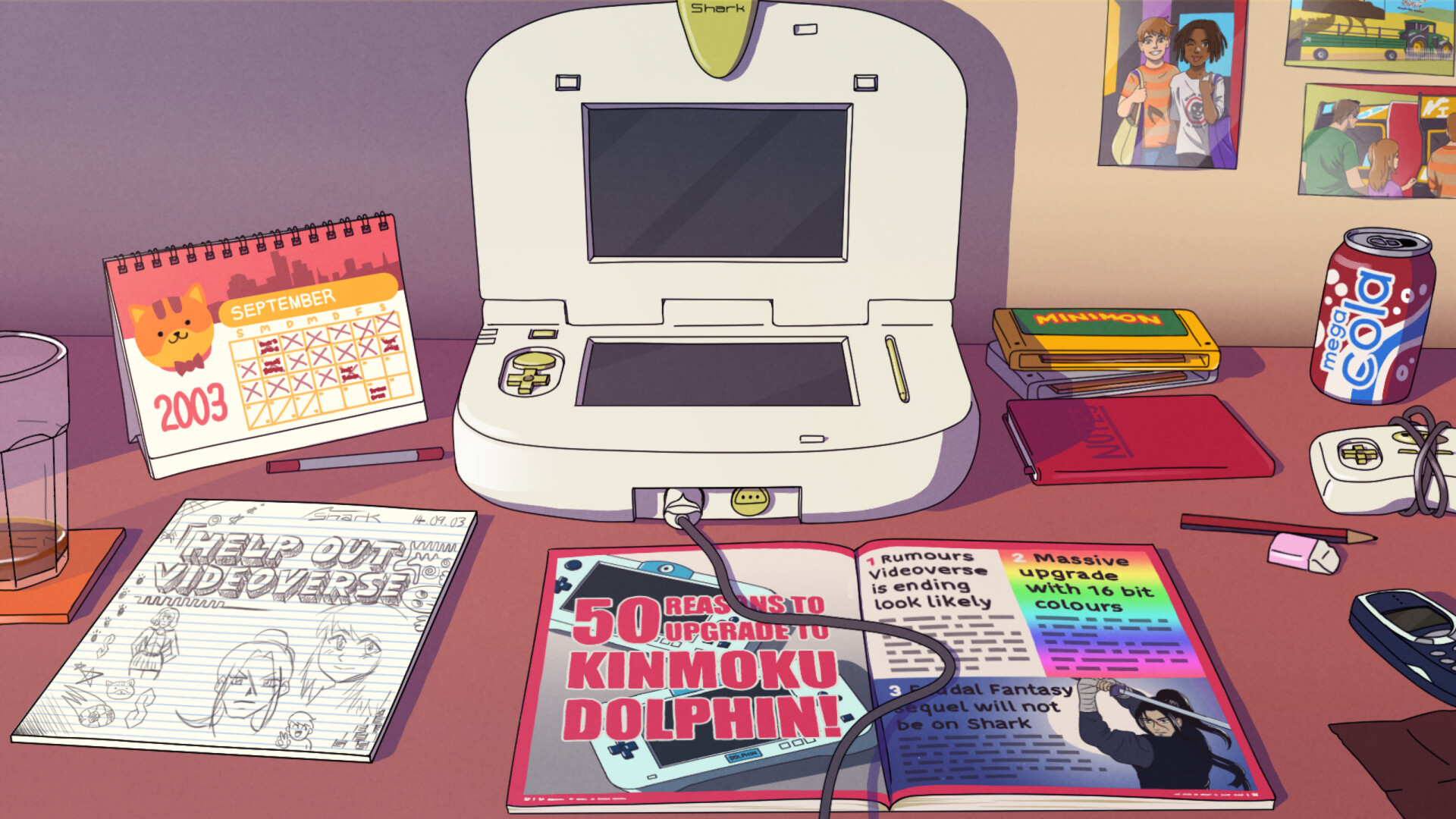
(Blundell herself identifies as grey-asexual.)
Beyond that, though, there were many forms the game might have taken.
Another version was more conversational, having the character talking with a therapist.
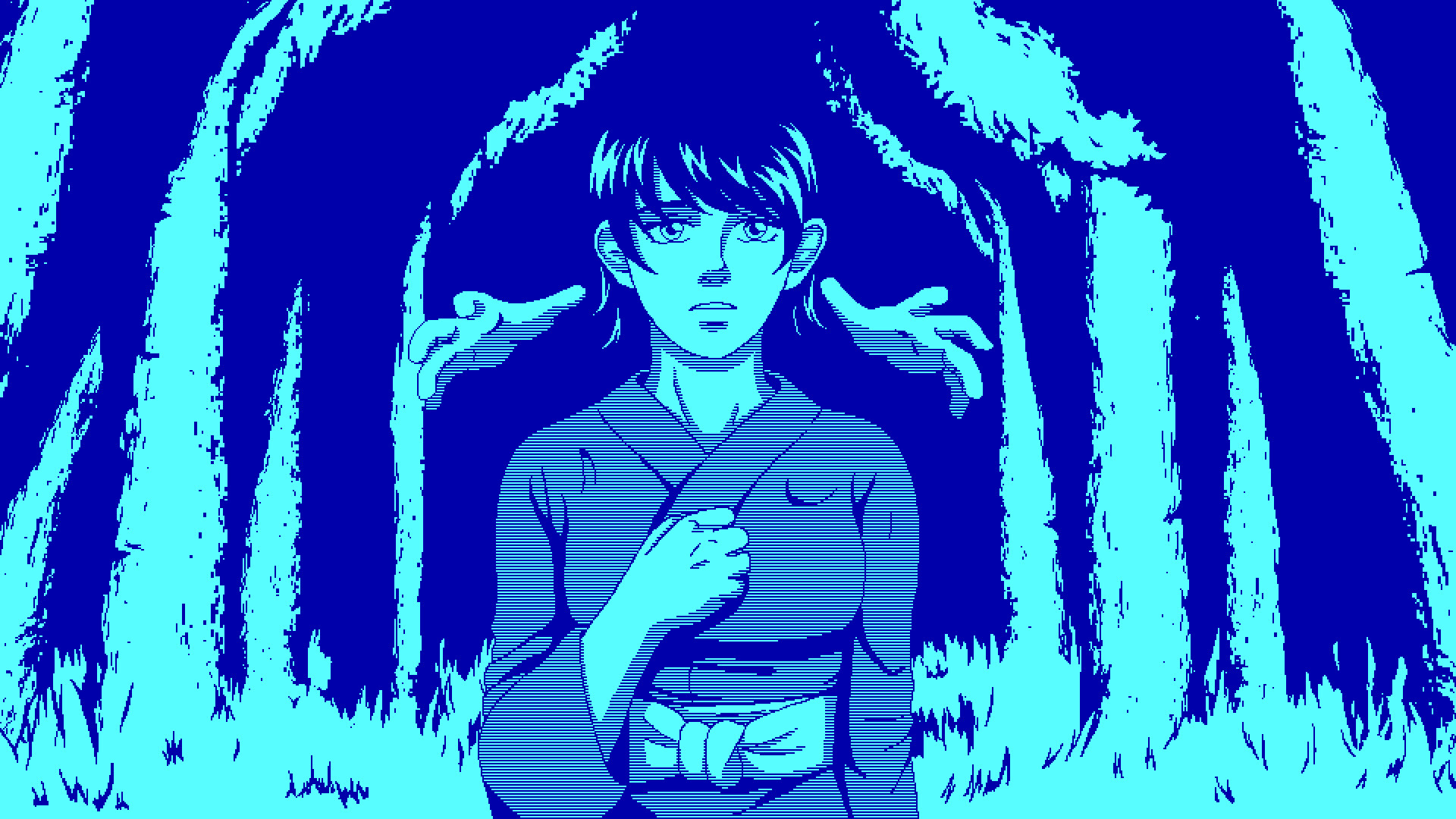
“I realised I was kind of finding myself whilst I was making this game,” she reflects.
“Because of that, it kept changing.”
Meanwhile, there was a significant change in Bundell’s own personal circumstances.
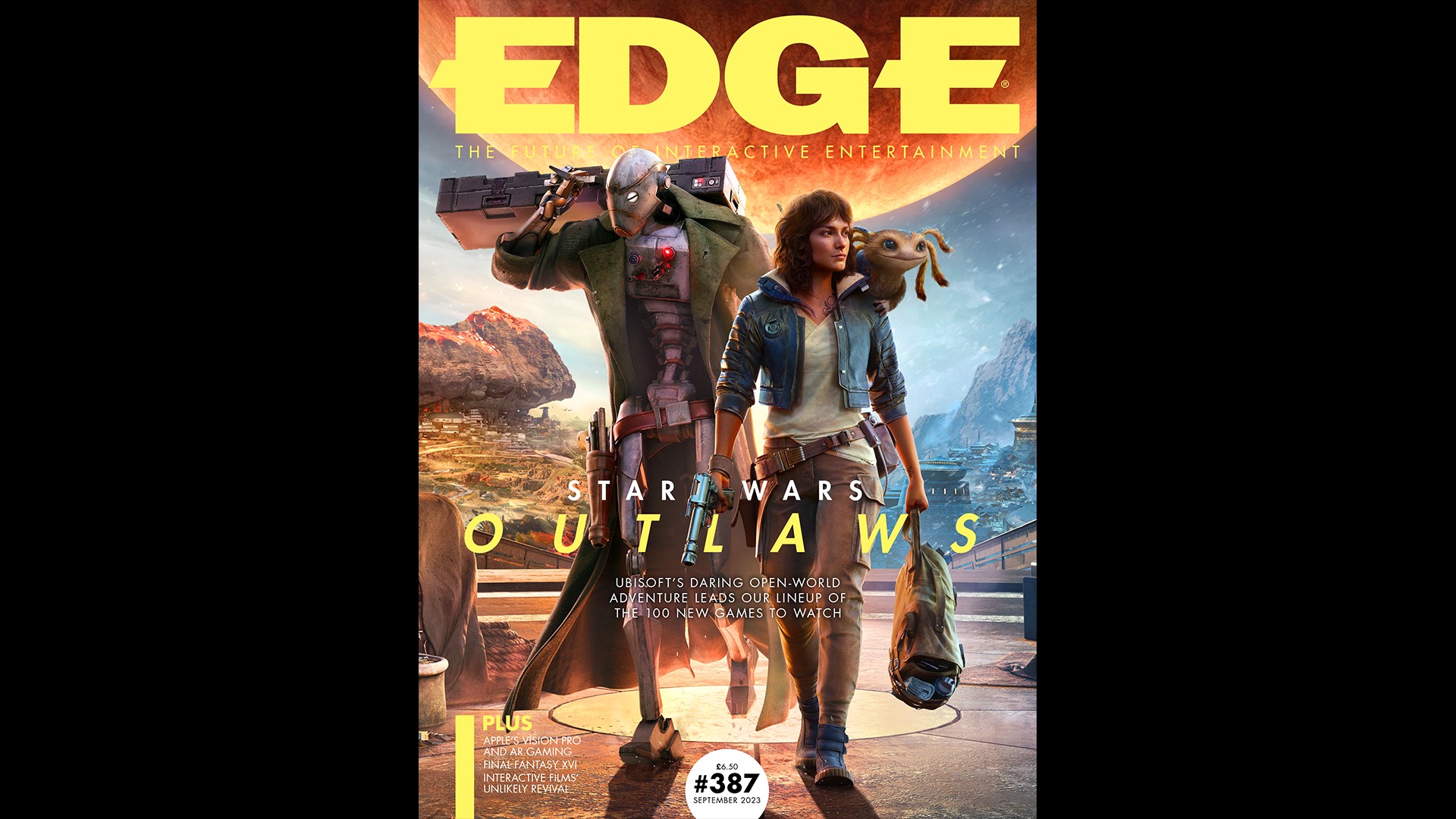
“I got ill in 2019 and became disabled,” she says.
Everything felt quite bleak in 2020."
Seeking a more positive approach, Blundell found inspiration in one aspect of this difficult period.
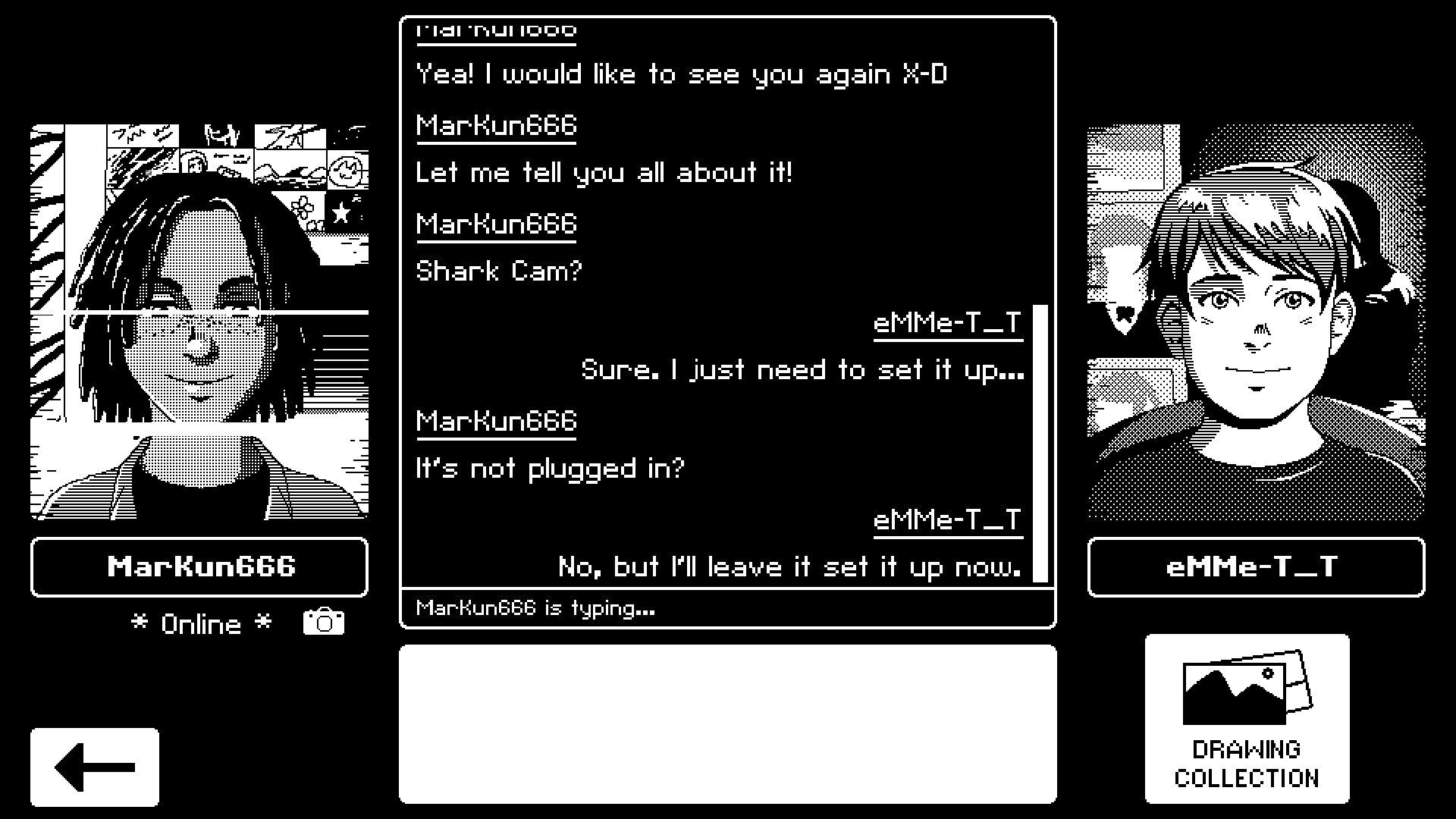
“At the time, we were mostly communicating online, through Skype and Zoom.
(Both sites, despite their age, are still active today.)
“The biggest one, really, was DeviantArt for me,” Blundell says.
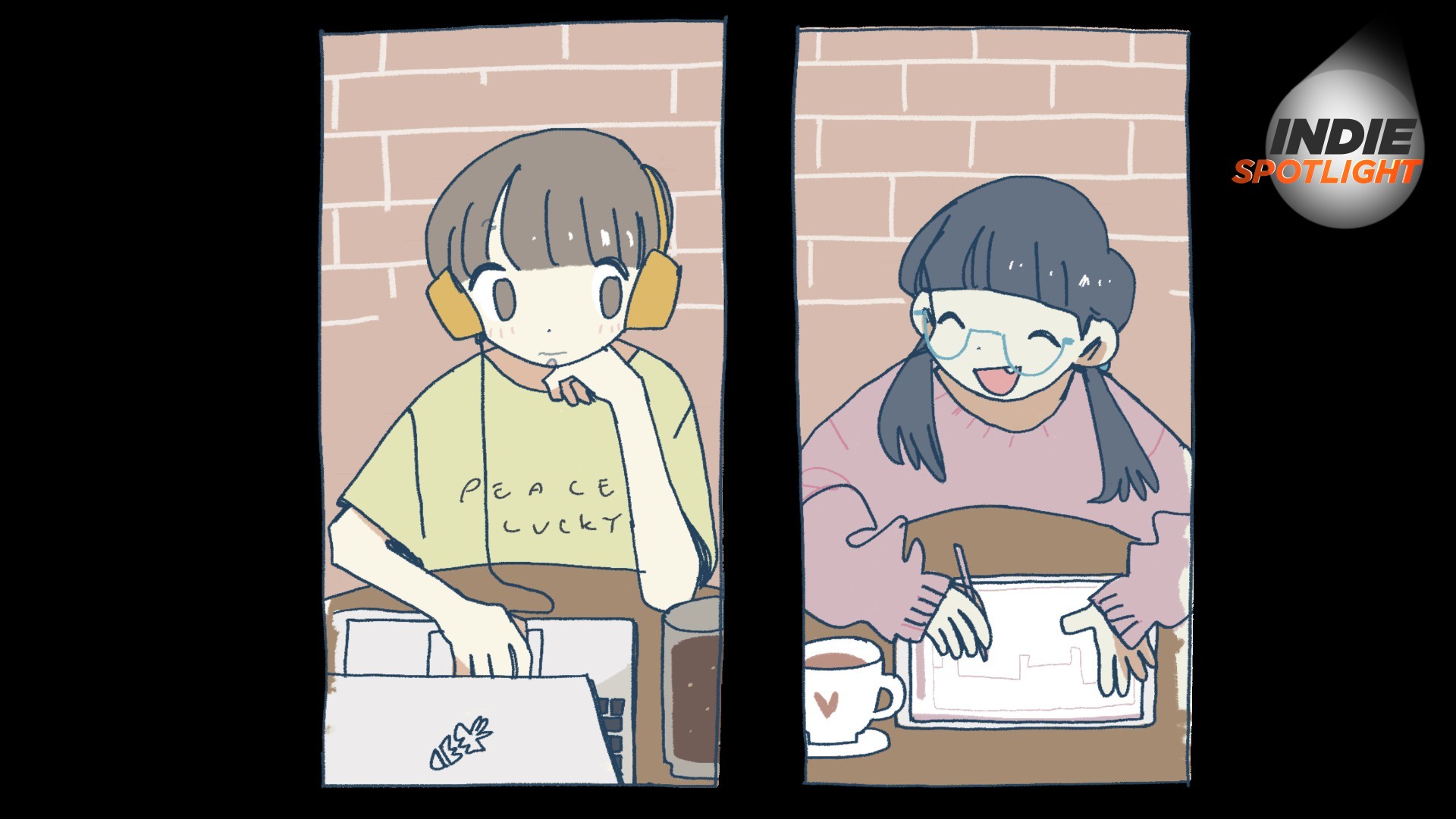
“I kind of come from an artist background, and I was always drawing and uploading.
I loved it and made some friends there.”
“Then I switched to Pokemon, Sailor Moon and Final Fantasy.
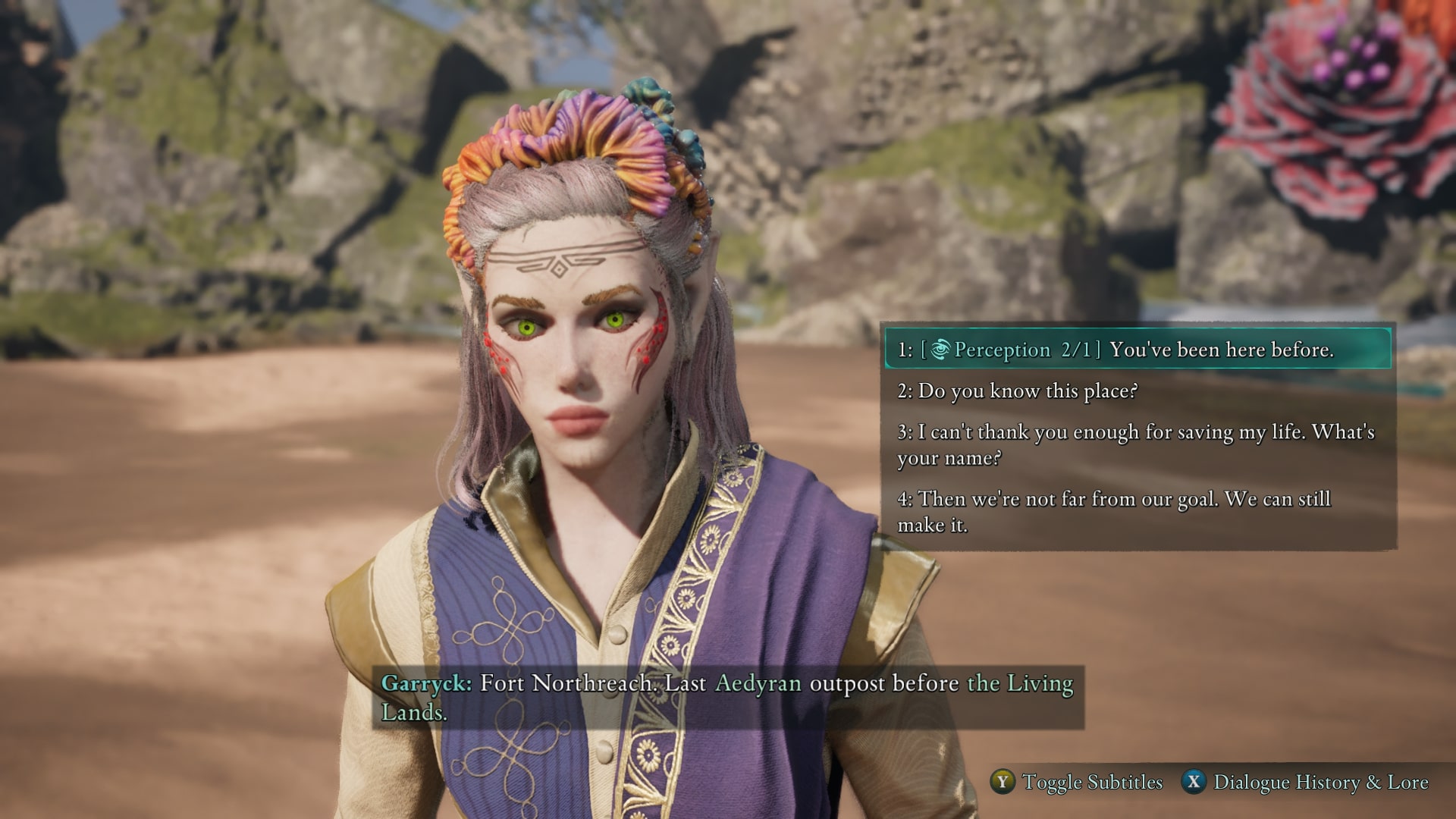
I was on those for a few years.
But the biggest influence for me was World Of Warcraft, because I was obsessed with it throughout university.
It was pretty bad, actually I had quite an addiction to it.
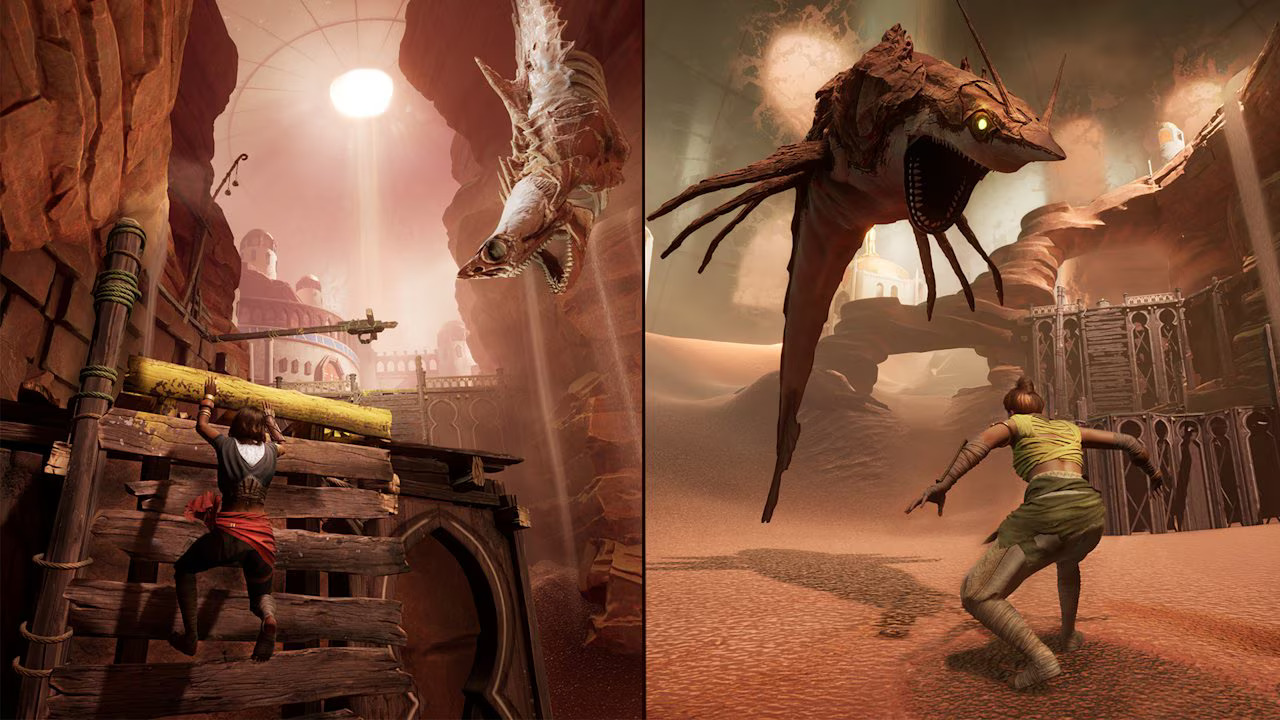
A lot of the characters in the Videoverse are like people I met on World Of Warcraft.”
“But I did love it.
I loved its vibe.
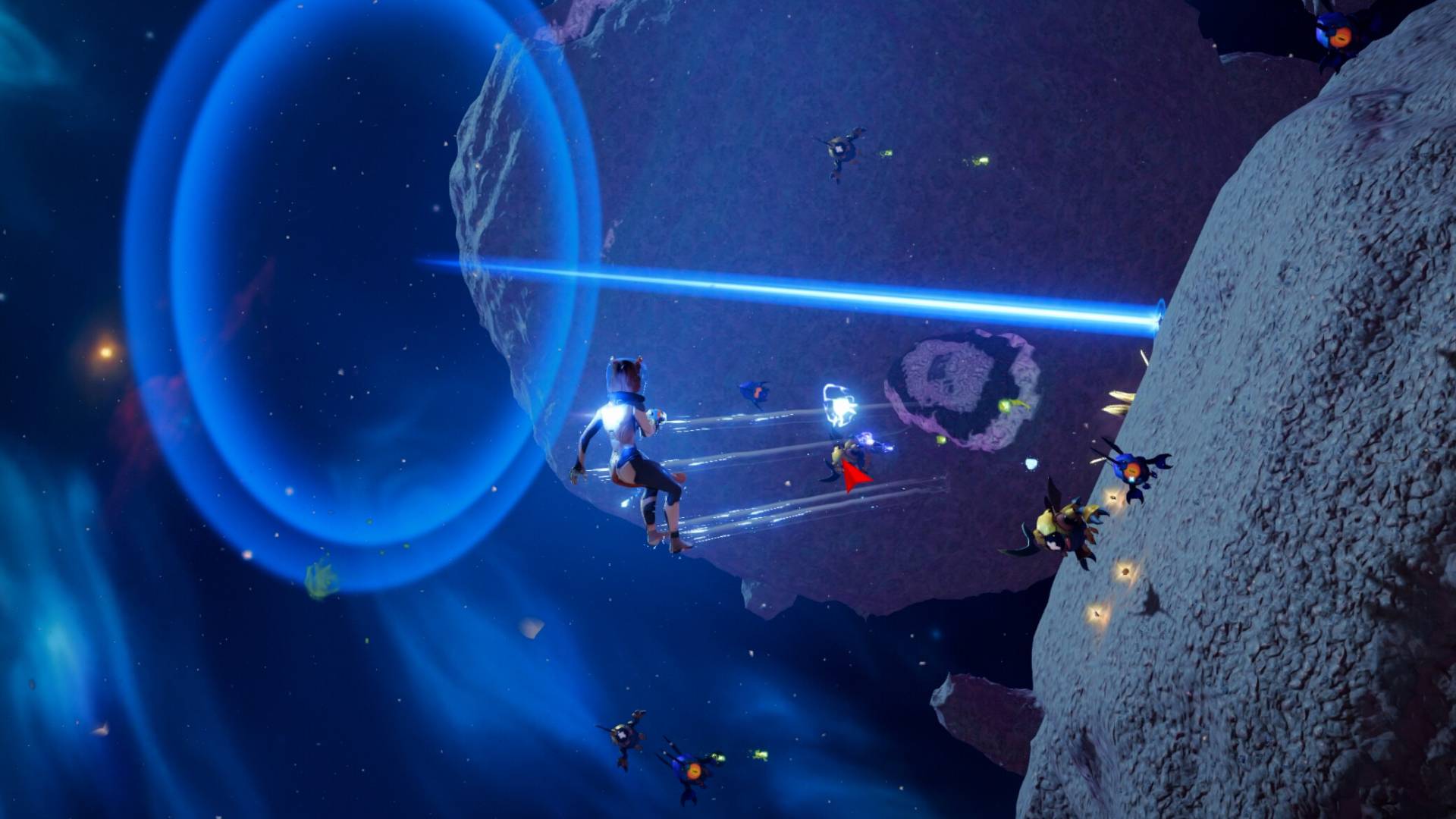
I loved its energy.
I loved the shared drawings.”
She remembers the outpouring of messages celebrating and eulogising the platform.
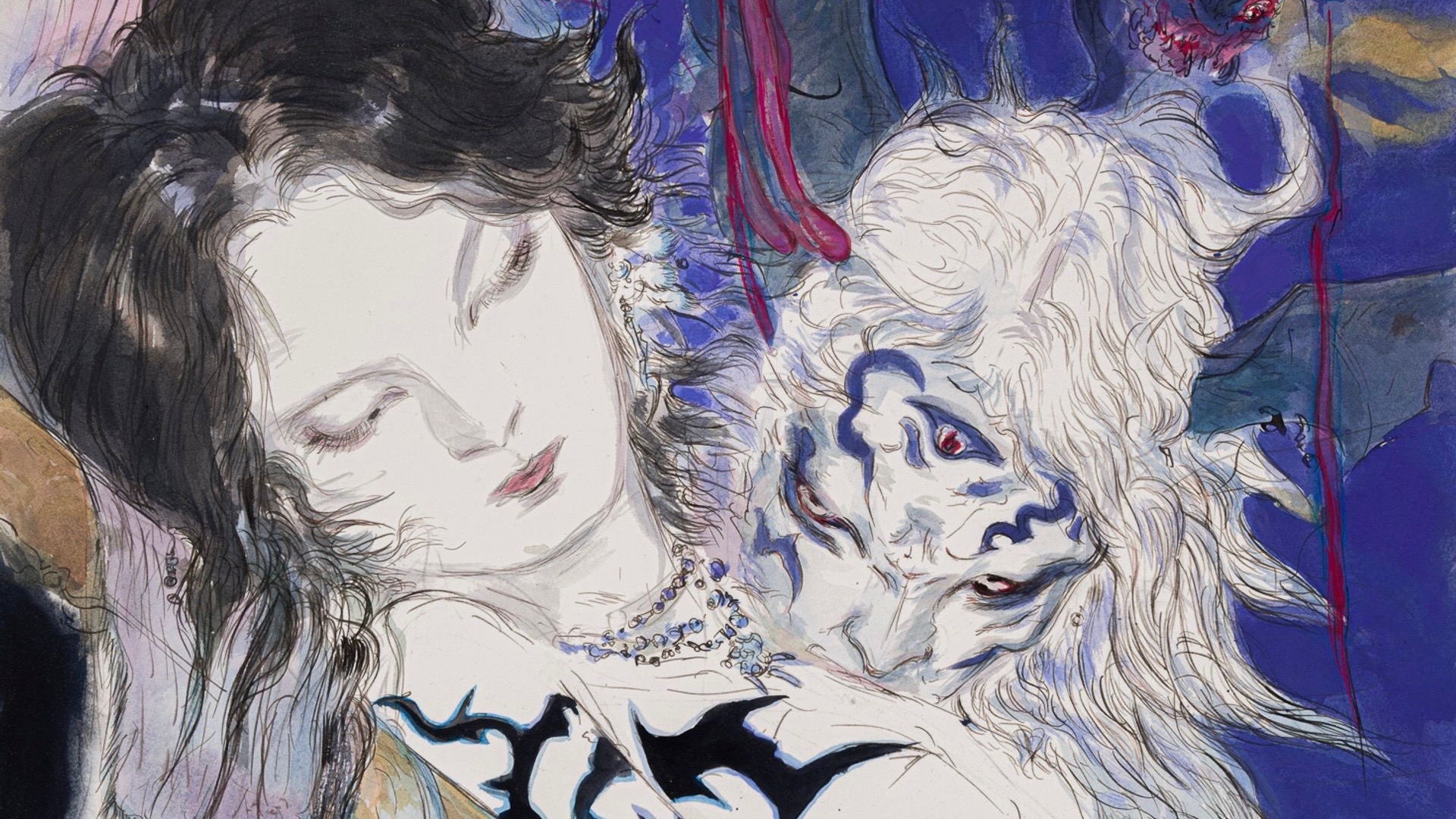
“The warmth and the heart of the community was coming out.
It was nice to see.”
This feature originally appeared in Edge Magazine.
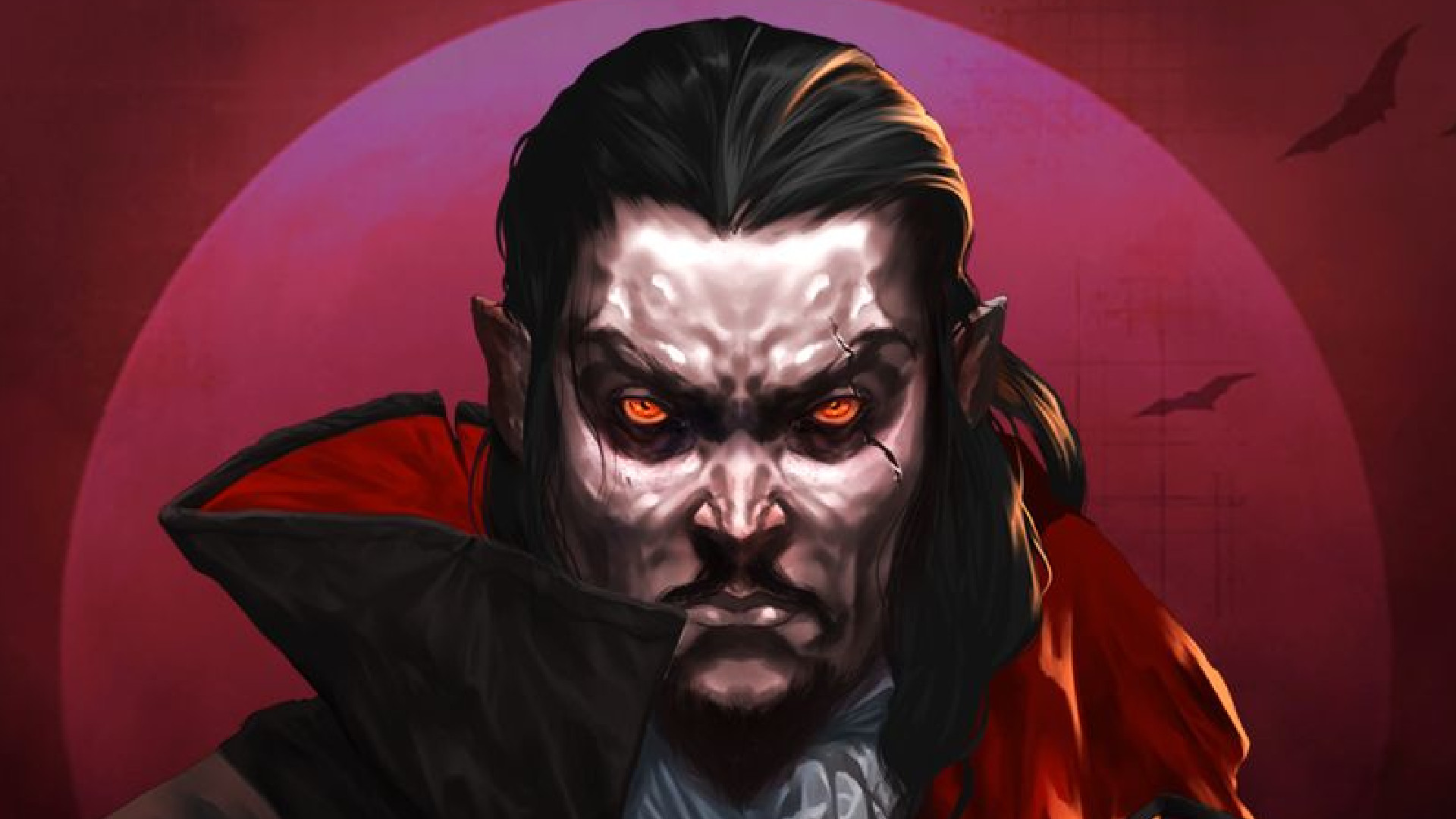
We can see ourselves in Videoverse, then.
For Emmett, at least, it leaves him feeling somewhat disconnected from his roots.
“He looks for that kind of deeper connection online,” Blundell says.
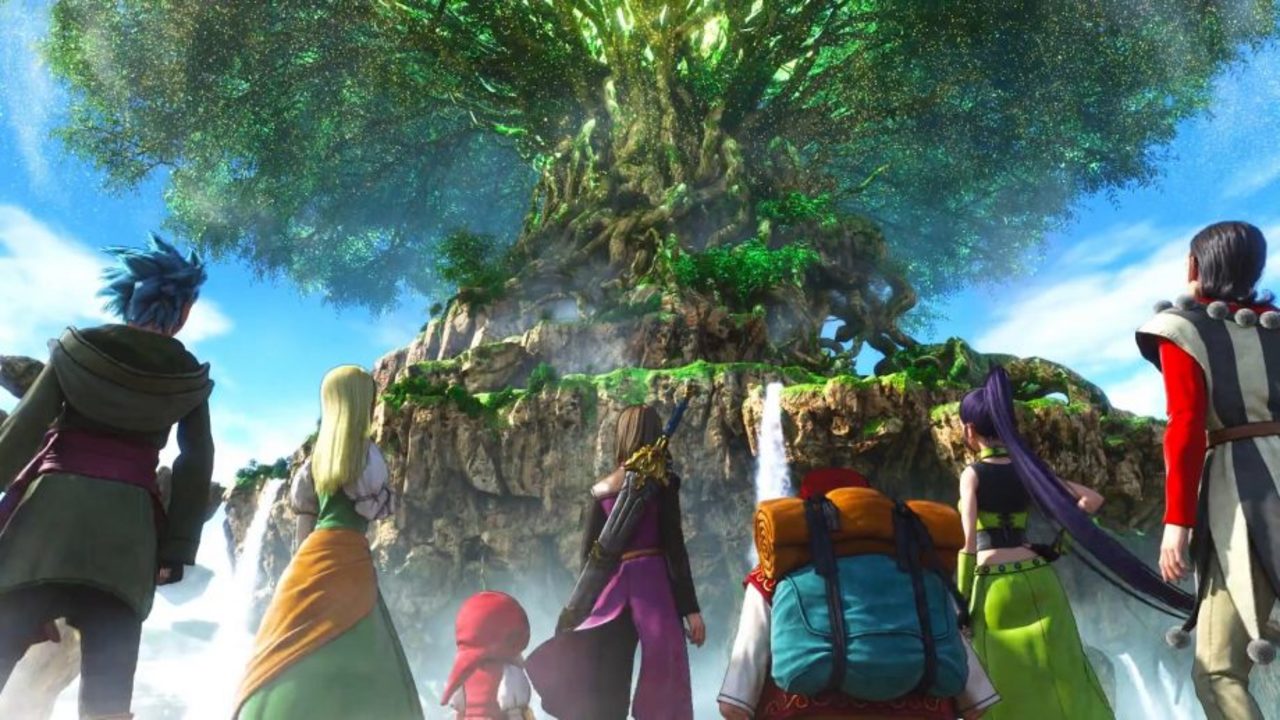
“He starts very sweet and innocent and a bit anxious.
In the end, he kind of gets over that hurdle, which is great.
Making both options available to players, and equally viable, was important to Blundell.
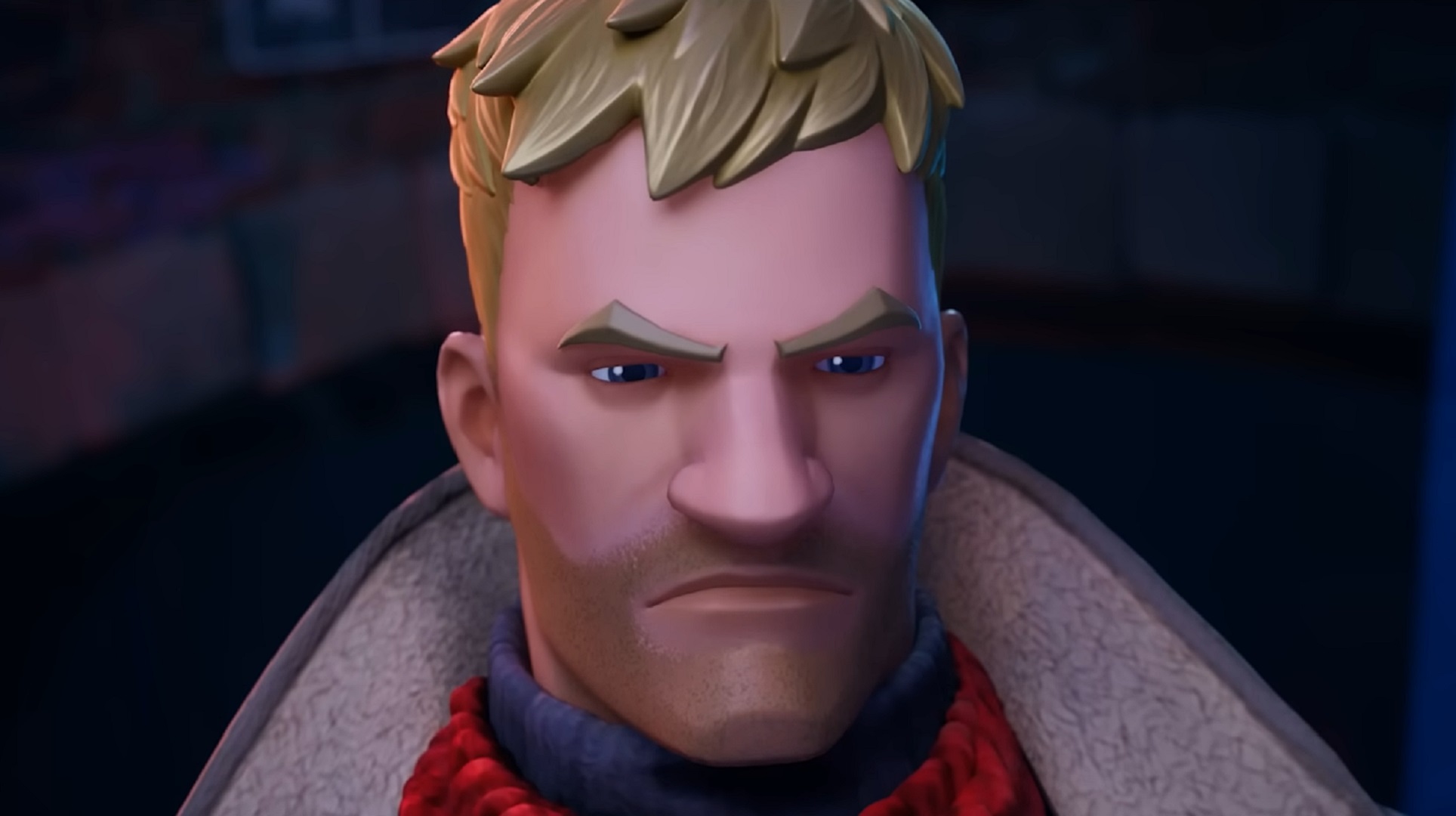
“I love romance but I don’t like forcing people to feel romance.
I love that stuff, but not everyone else does,” she says.
But it was worth it.”
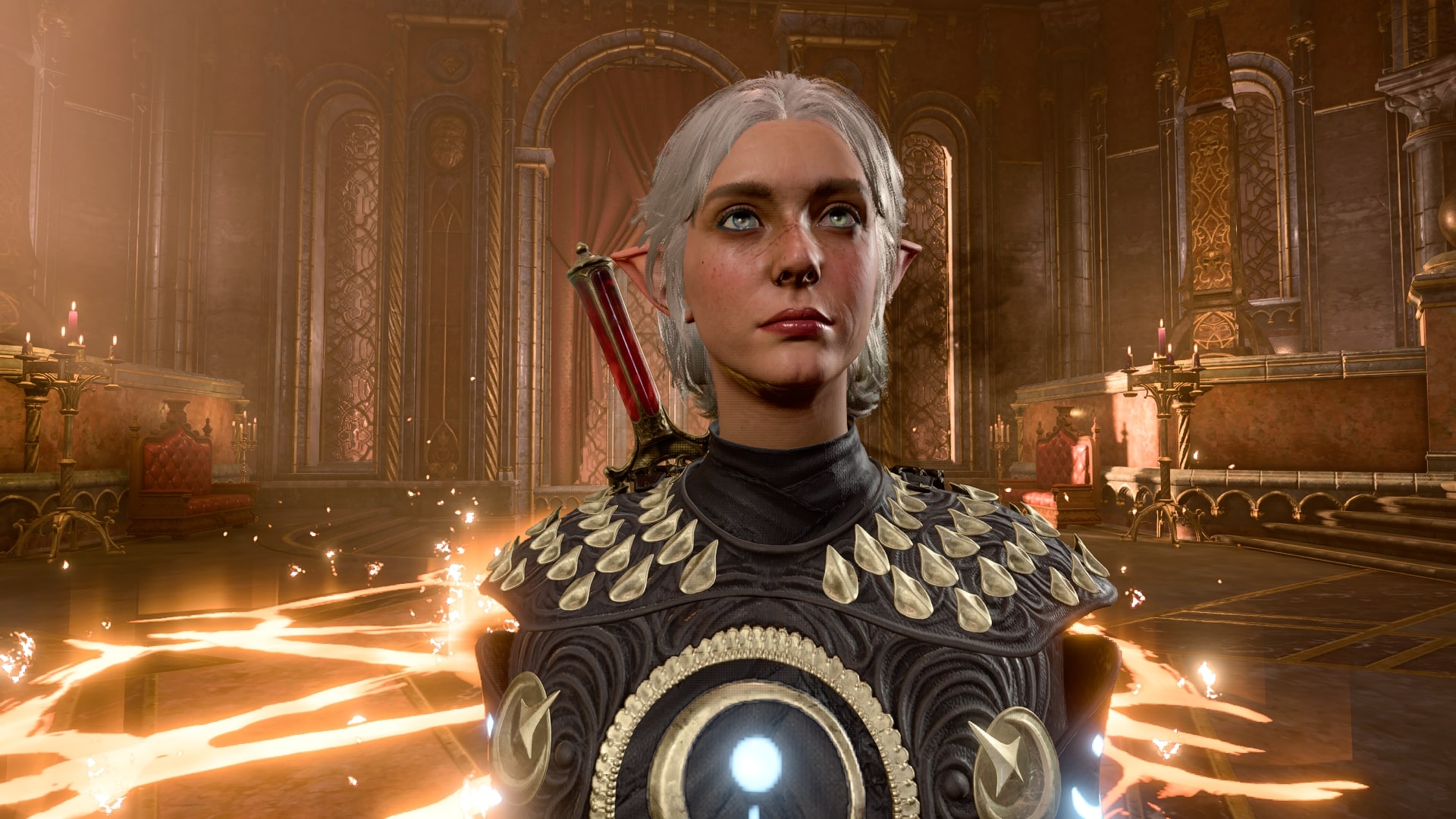
“At first, Vivi was quite unlikeable, because she was going through a lot of pain.
She didn’t really hide it.
She wants to be out, like, living her old life.
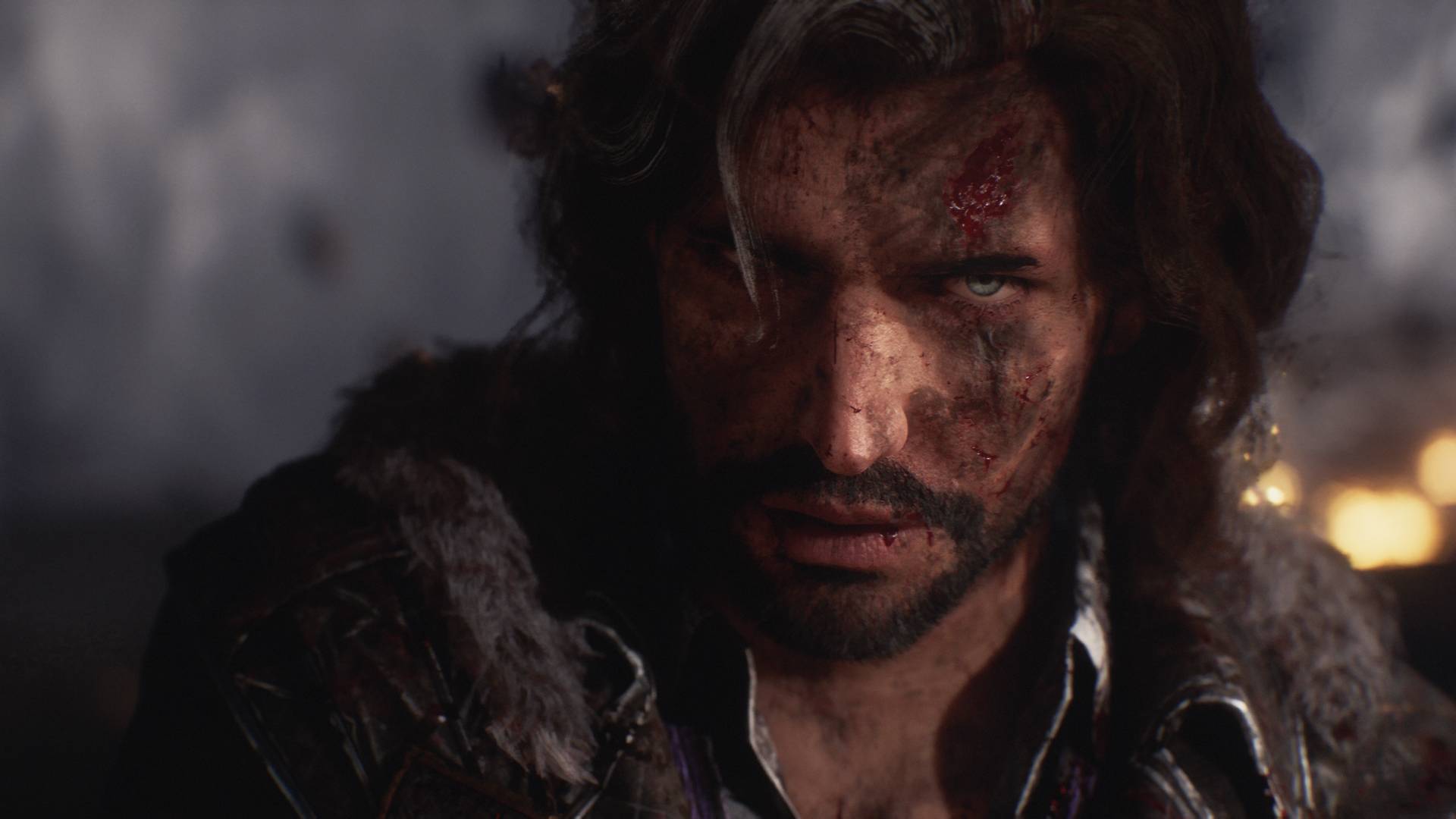
Vivi’s story reflects very closely my own feelings about my newfound disability.
You don’t really realise how bad it is until it happens to you.”
Blundell worked to soften Vivi, making sure players found the character “likeable”.
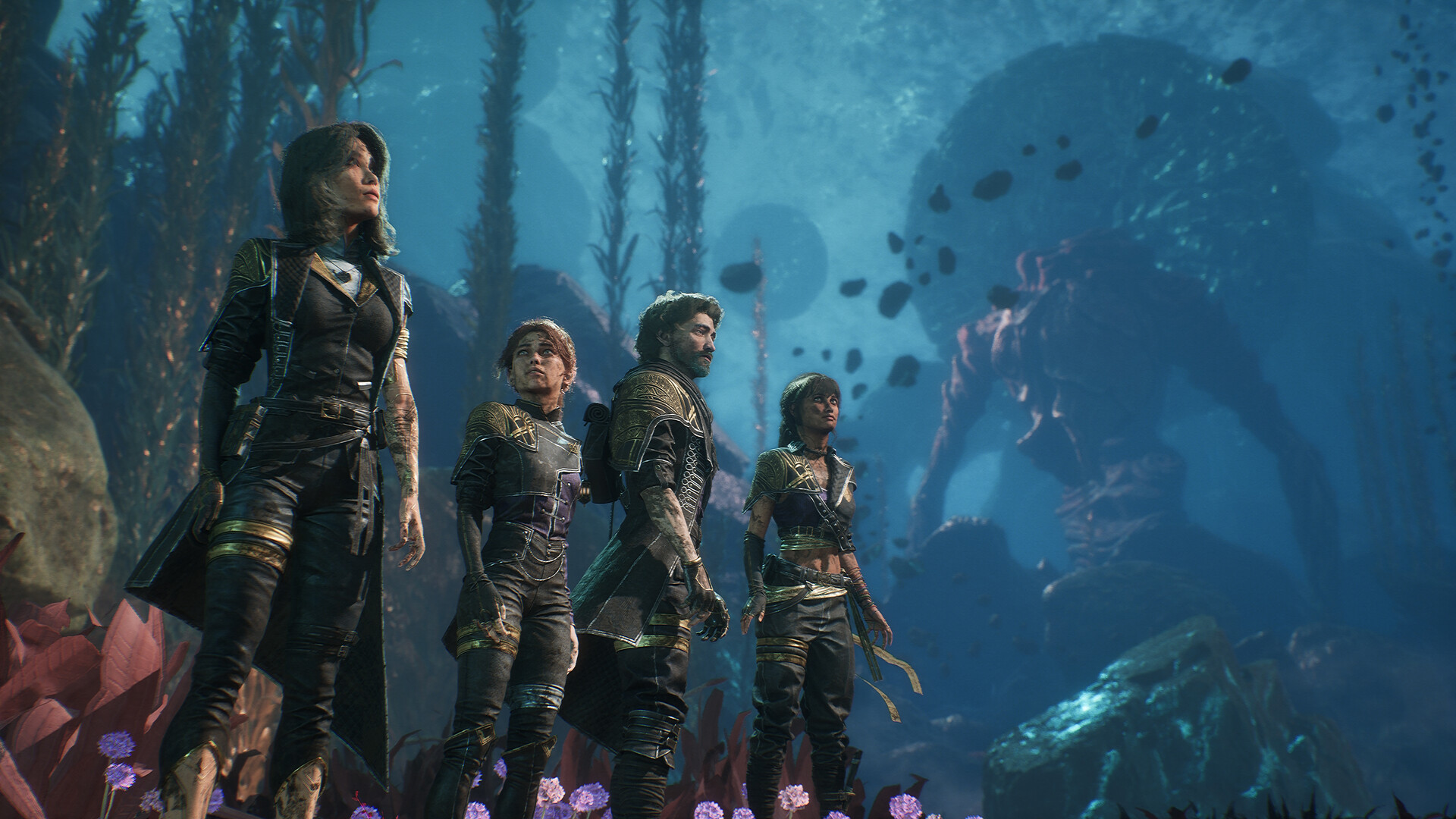
I wanted that with Vivi.
Like, how do you live with this?
“I want [Videoverse] to be happy.
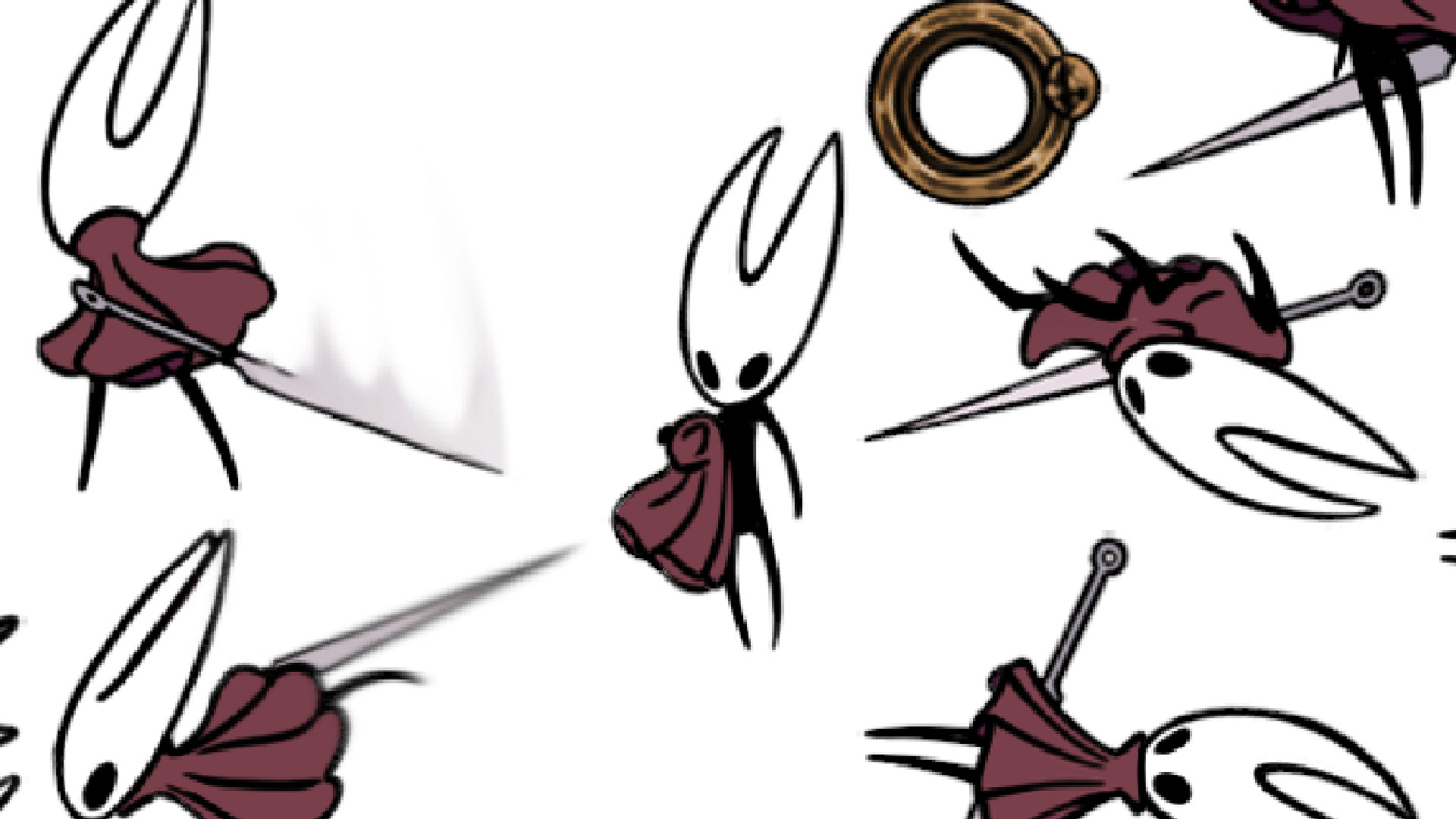
This, ultimately, is what all those real-life reference points bring to Videoverse.
“And it’s like, well, you’re crying?
Now I’m crying.”
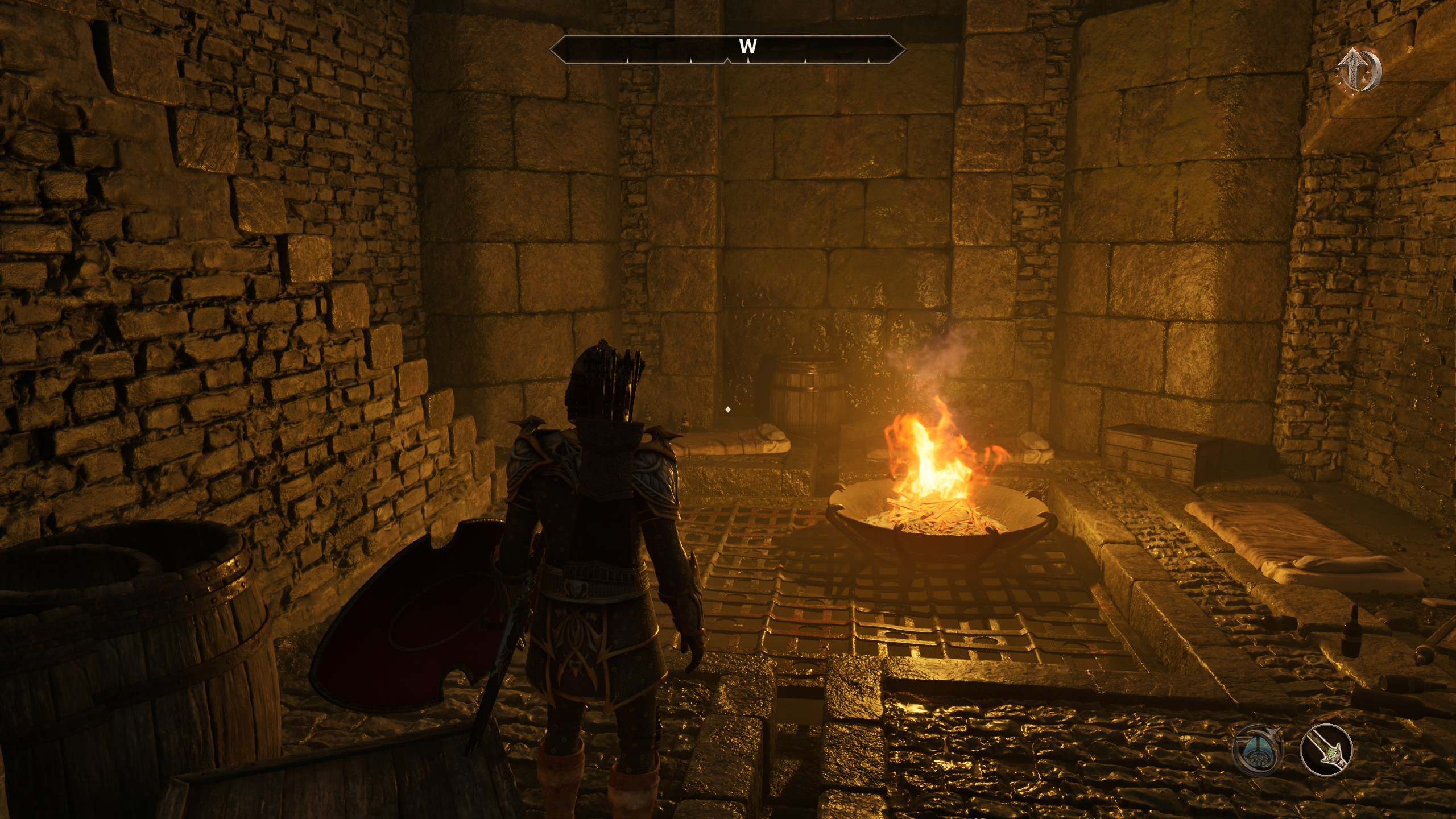
This feature originally appeared inEdge magazine.
